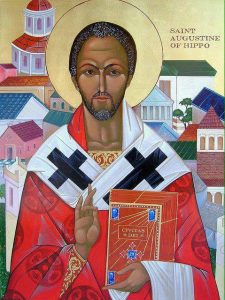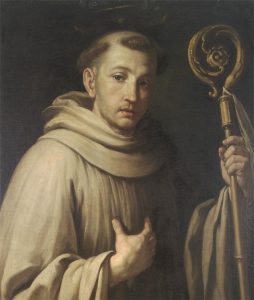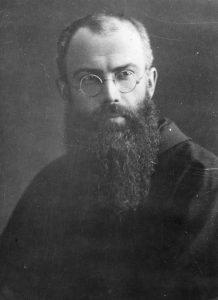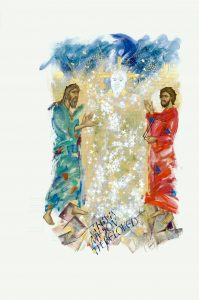 The Church honors the memory of St. Clare of Assisi (1193/94-1253), liturgically, today. She is known as the first woman to join St. Francis and his companions in their new form of living the Gospel in a radical way.
The Church honors the memory of St. Clare of Assisi (1193/94-1253), liturgically, today. She is known as the first woman to join St. Francis and his companions in their new form of living the Gospel in a radical way.
Clare met Francis who impressed upon her the virtue –not just a value– of being a part of what he determined to be a life of penance and “life according to the Holy Gospel”. Called by God, Clare decided to abandon her family and social status, like Francis and his companions, in 1211 or 1212 be a part of the new movement. Her “Franciscan” life first was lived in her family home but later moved to a more fitting environment. It was Francis who taught:
“Since by divine inspiration you have made yourselves daughters and servants of the most High King, the heavenly Father, and have taken the Holy Spirit as your spouse, choosing to live according to the perfection of the Holy Gospel, I resolve and promise for myself and for my brothers always to have the same loving care and special solicitude for you as I have for them.”
As she wrote to St. Agnes of Prague: “If so great and good Lord, then, on coming into the Virgin’s womb, chose to appear despised, needy, and poor in this world, so that people who were in utter poverty and want, suffering hunger for heavenly nourishment, might become rich in him by possessing the kingdom of heaven, then rejoice and be glad! . . What a great and praiseworthy exchange: to leave the things of time for those of eternity, to choose the things of heaven for the goods of earth, to receive the hundred-fold in place of one, and to possess a blessed and eternal life!”
The early sisters of Clare lived simply and prayerfully at the Church of San Damiano for over 40 years, sustained by their own work. The her monastic Rule was finally approved by Pope Innocent IV shortly before her death in 1253. She was canonized two years later in 1255.
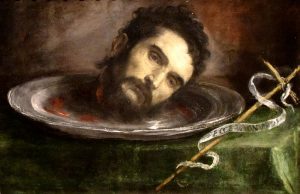 Our remembrance today of the Baptist’s martyrdom calls to mind that we are baptized not only with water but also in the fire of the Holy Spirit. Today, I keenly recall that we are in fact, unfit to untie the Lord’s sandals. That we need the Spirit to cry Ecce in front of the person of Jesus. What further does this killing of the cousin of the Lord teach us? What value does our memorial have in reality for us today?
Our remembrance today of the Baptist’s martyrdom calls to mind that we are baptized not only with water but also in the fire of the Holy Spirit. Today, I keenly recall that we are in fact, unfit to untie the Lord’s sandals. That we need the Spirit to cry Ecce in front of the person of Jesus. What further does this killing of the cousin of the Lord teach us? What value does our memorial have in reality for us today?